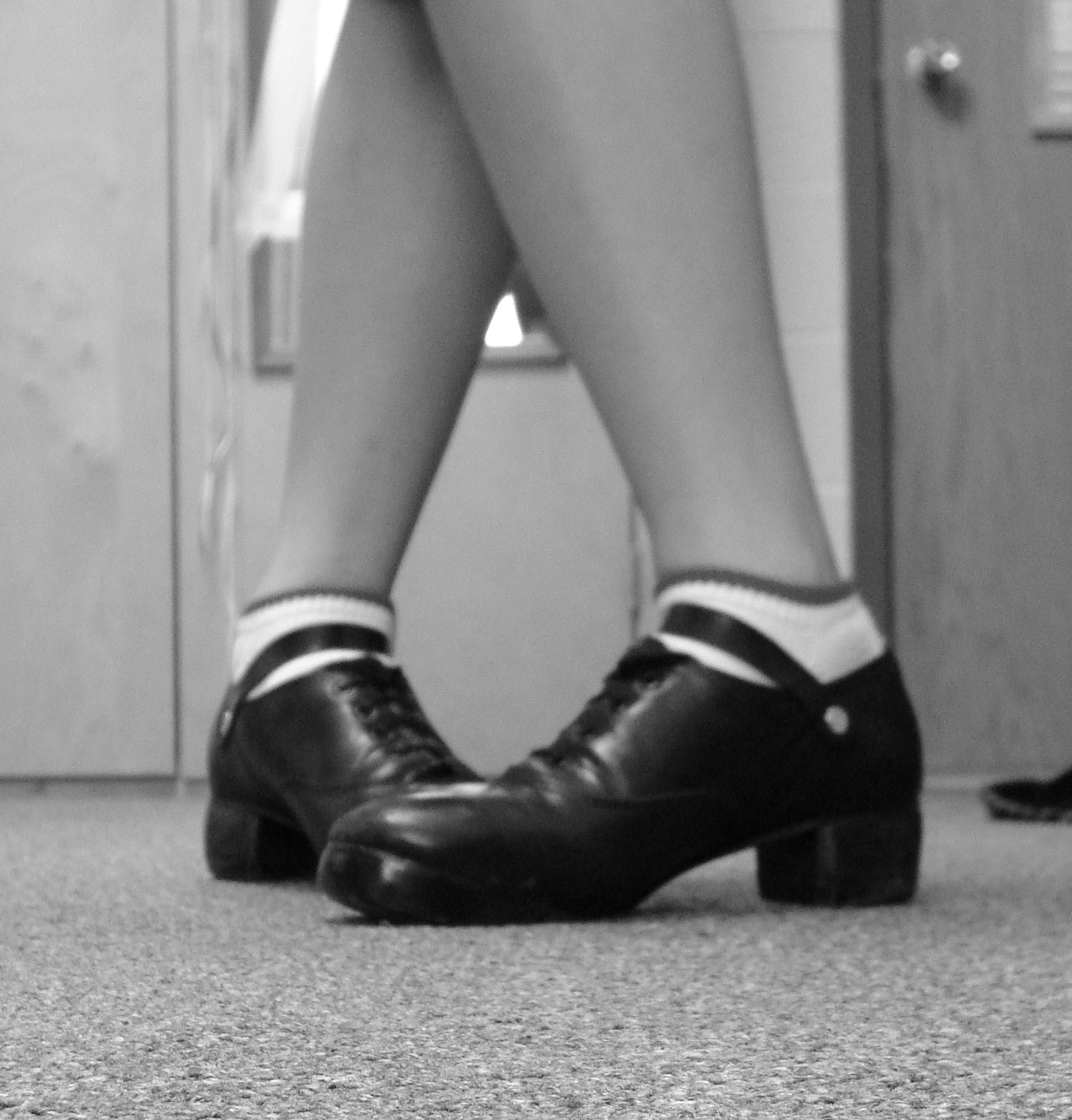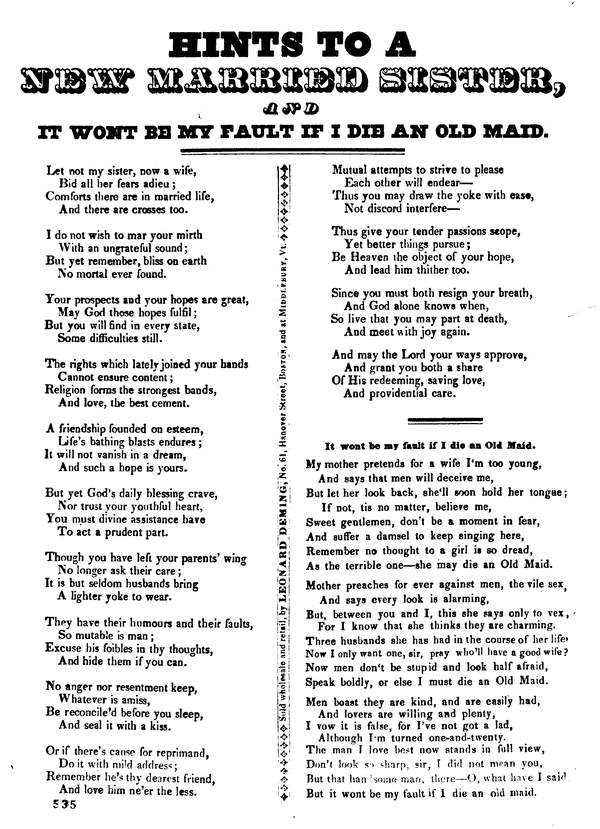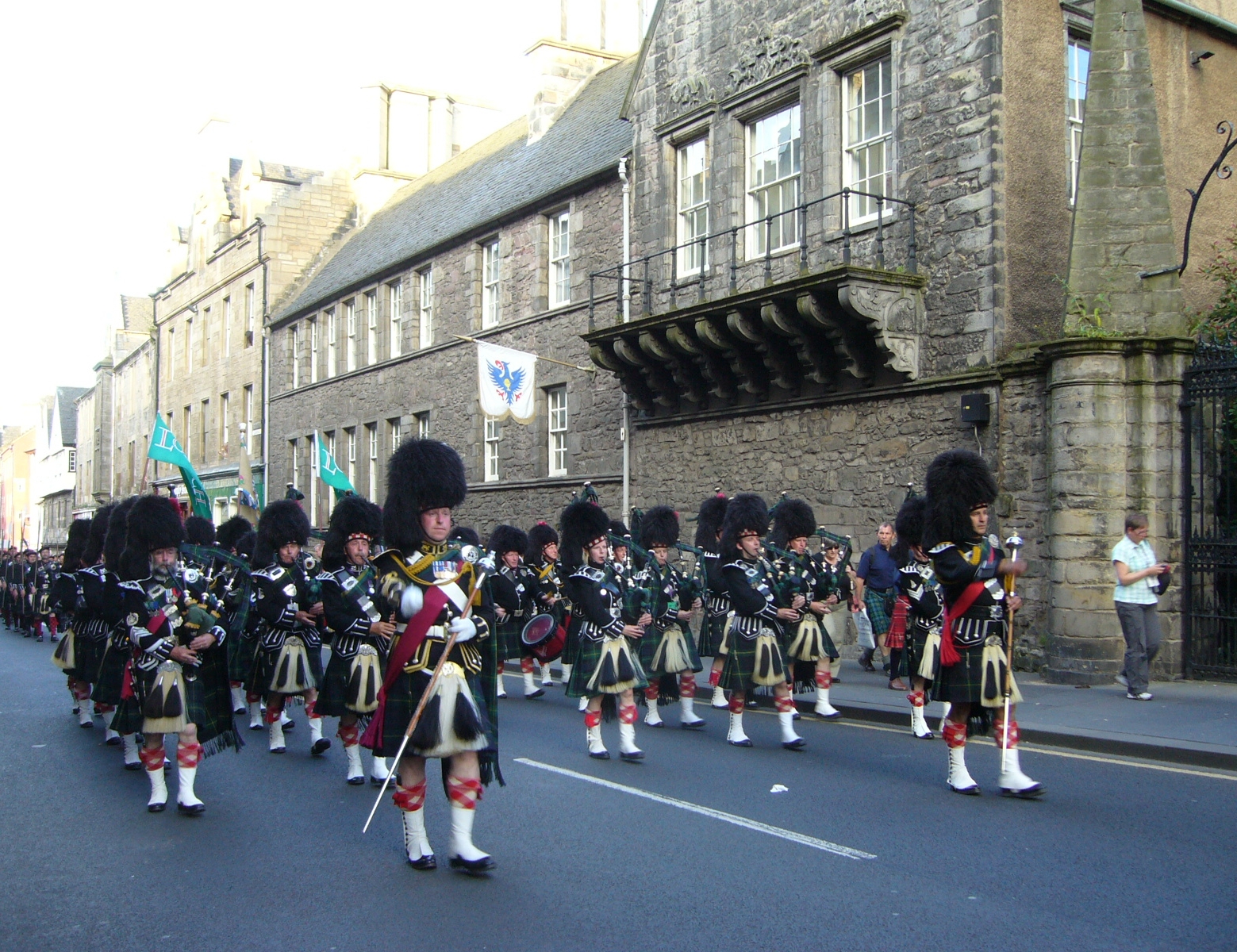|
Kate Dalrymple
"Kate Dalrymple" is a traditional Scottish reel. The melody was originally published as "The New Highland Laddie" in 1750. It was recorded by Jimmy Shand in 1955. There are accompanying words in Scots, written by William Watt.MacMahon, Desmond (1939) ''Nelson's New National and Folk Song Book; pt. II''. London: Thomas Nelson; pp. 92-93 It tells the tale of the eponymous spinster. The National Portrait Gallery National Portrait Gallery may refer to: *National Portrait Gallery (Australia), in Canberra *National Portrait Gallery (Sweden), in Mariefred *National Portrait Gallery (United States), in Washington, D.C. *National Portrait Gallery, London, with s ... in London has a painting of the real Kate Dalrymple, a society beauty in her youth. It is used by the BBC as the theme music for the BBC Radio Scotland dance music programme '' Take the Floor''. Footnotes {{reflist External links Lyrics Scottish folk music Scottish music ... [...More Info...] [...Related Items...] OR: [Wikipedia] [Google] [Baidu] |
Music Of Scotland
Scotland is internationally known for its traditional music, which remained vibrant throughout the 20th century and into the 21st, when many traditional forms worldwide lost popularity to pop music. In spite of emigration and a well-developed connection to music imported from the rest of Europe and the United States, the music of Scotland has kept many of its traditional aspects; indeed, it has itself influenced many forms of music. Many outsiders associate Scottish folk music almost entirely with the Great Highland Bagpipe, which has long played an important part in Scottish music. Although this particular form of bagpipe developed exclusively in Scotland, it is not the only Scottish bagpipe. The earliest mention of bagpipes in Scotland dates to the 15th century although they are believed to have been introduced to Britain by the Roman armies. The ''pìob mhór'', or Great Highland Bagpipe, was originally associated with both hereditary piping families and professional pipers t ... [...More Info...] [...Related Items...] OR: [Wikipedia] [Google] [Baidu] |
Scotland
Scotland (, ) is a country that is part of the United Kingdom. Covering the northern third of the island of Great Britain, mainland Scotland has a border with England to the southeast and is otherwise surrounded by the Atlantic Ocean to the north and west, the North Sea to the northeast and east, and the Irish Sea to the south. It also contains more than 790 islands, principally in the archipelagos of the Hebrides and the Northern Isles. Most of the population, including the capital Edinburgh, is concentrated in the Central Belt—the plain between the Scottish Highlands and the Southern Uplands—in the Scottish Lowlands. Scotland is divided into 32 administrative subdivisions or local authorities, known as council areas. Glasgow City is the largest council area in terms of population, with Highland being the largest in terms of area. Limited self-governing power, covering matters such as education, social services and roads and transportation, is devolved from the ... [...More Info...] [...Related Items...] OR: [Wikipedia] [Google] [Baidu] |
Reel (dance)
The reel is a folk dance type as well as the accompanying dance tune type. Of Scottish origin, reels are also an important part of the repertoire of the fiddle traditions of the British Isles and North America. In Scottish country dancing, the reel is one of the four traditional dances, the others being the jig, the strathspey and the waltz, and is also the name of a dance figure (see below). In Irish dance, a reel is any dance danced to music in ''reel time'' (see below). In Irish stepdance, the reel is danced in soft shoes and is one of the first dances taught to students. There is also a treble reel, danced in hard shoes to reel music. History The reel is indigenous to Scotland. The earliest reference was in a trial of 1590, where the accused was reported to have "daunced this reill or short dance." However, the form may go back to the Middle Ages. The name may be cognate with or relate to an Old Norse form, with Suio-Gothic '' rulla'', meaning "to whirl." This became ... [...More Info...] [...Related Items...] OR: [Wikipedia] [Google] [Baidu] |
Scots Language
Scots (endonym: ''Scots''; gd, Albais, ) is an Anglic language, Anglic Variety (linguistics), language variety in the West Germanic language, West Germanic language family, spoken in Scotland and parts of Ulster in the north of Ireland (where the local dialect is known as Ulster Scots dialect, Ulster Scots). Most commonly spoken in the Scottish Lowlands, Northern Isles and northern Ulster, it is sometimes called Lowland Scots or Broad Scots to distinguish it from Scottish Gaelic, the Goidelic languages, Goidelic Celtic language that was historically restricted to most of the Scottish Highlands, the Hebrides and Galloway after the 16th century. Modern Scots is a sister language of Modern English, as the two diverged independently from the same source: Early Middle English (1150–1300). Scots is recognised as an indigenous language of Scotland, a regional or minority language of Europe, as well as a vulnerable language by UNESCO. In the 2011 United Kingdom census, 2011 Scottis ... [...More Info...] [...Related Items...] OR: [Wikipedia] [Google] [Baidu] |
Spinster
''Spinster'' is a term referring to an unmarried woman who is older than what is perceived as the prime age range during which women usually marry. It can also indicate that a woman is considered unlikely to ever marry. The term originally denoted a woman whose occupation was to spin. A synonymous term is old maid. The closest equivalent term for males is "bachelor" or "confirmed bachelor", but this generally does not carry the same connotations in reference to age and perceived desirability in marriage. Etymology and history Long before the Industrial Age, "the art & calling of being a spinster" denoted girls and women who spun wool. According to the ''Online Etymological Dictionary'', spinning was "commonly done by unmarried women, hence the word came to denote" an unmarried woman in legal documents from the 1600s to the early 1900s, and "by 1719 was being used generically for 'woman still unmarried and beyond the usual age for it'". As a denotation for unmarried women ... [...More Info...] [...Related Items...] OR: [Wikipedia] [Google] [Baidu] |
National Portrait Gallery, London
The National Portrait Gallery (NPG) is an art gallery in London housing a collection of portraits of historically important and famous British people. It was arguably the first national public gallery dedicated to portraits in the world when it opened in 1856. The gallery moved in 1896 to its current site at St Martin's Place, off Trafalgar Square, and adjoining the National Gallery (London), National Gallery. It has been expanded twice since then. The National Portrait Gallery also has regional outposts at Beningbrough Hall in Yorkshire and Montacute House in Somerset. It is unconnected to the Scottish National Portrait Gallery in Edinburgh, with which its remit overlaps. The gallery is a non-departmental public body sponsored by the Department for Digital, Culture, Media and Sport. Collection The gallery houses portraits of historically important and famous British people, selected on the basis of the significance of the sitter, not that of the artist. The collection includes ... [...More Info...] [...Related Items...] OR: [Wikipedia] [Google] [Baidu] |
BBC Radio Scotland
BBC Radio Scotland is a Scotland, Scottish radio station, radio network owned and operated by BBC Scotland, a division of the BBC. It broadcasts a wide variety of programmes. It replaced the Scottish BBC Radio 4 opt-out service of the same name from 23 November 1978. Radio Scotland is broadcast in English, whilst sister station BBC Radio nan Gàidheal, Radio nan Gàidheal broadcasts in Scottish Gaelic. According to RAJAR, the station broadcasts to a weekly audience of 755,000 and has a listening share of 6.3% as of September. History The first BBC Radio Scotland broadcast was on 17 December 1973, two weeks earlier than planned. BBC Radio Scotland was founded as a full-time radio network on 23 November 1978. Previously it was possible only to opt out of BBC Radio 4, and the service was known as Radio 4 Scotland or, formally on air, as "BBC Scotland Radio 4". The establishment of a separate network was made possible when Radio 4 became a fully UK-wide network when it moved f ... [...More Info...] [...Related Items...] OR: [Wikipedia] [Google] [Baidu] |
Take The Floor (Scottish Radio Programme)
''Take the Floor'' is the name of a radio programme airing on BBC Radio Scotland. It is the longest-running radio programme in Scotland, dating back to the 1930s when it was called ''Scottish Dance Music'' and broadcast by the Scottish Home Service. The programme was given its present name of Take the Floor in 1978 by Chris Worrall, a Music Producer with BBC Radio Scotland (1978-82), who introduced 'live sessions' and 'programme road shows' touring Scotland, together with player interviews, an events diary and reviews of latest record/CD releases. The original programme was presented by David Findlay until his death in 1980 and then by Robbie Shepherd until he stepped down in 2016. In keeping with its predecessor, the current programme also features live sessions from top dance bands, individual musicians and vocalists from across the country. The host of the programme is Gary Innes. The programme typically airs on Saturday evenings and is repeated on Sunday afternoons, how ... [...More Info...] [...Related Items...] OR: [Wikipedia] [Google] [Baidu] |
Scottish Folk Music
Scottish folk music (also Scottish traditional music) is a genre of folk music that uses forms that are identified as part of the Scottish musical tradition. There is evidence that there was a flourishing culture of popular music in Scotland during the late Middle Ages, but the only song with a melody to survive from this period is the "Pleugh Song". After the Reformation, the secular popular tradition of music continued, despite attempts by the Kirk, particularly in the Lowlands, to suppress dancing and events like penny weddings. The first clear reference to the use of the Highland bagpipes mentions their use at the Battle of Pinkie Cleugh in 1547. The Highlands in the early seventeenth century saw the development of piping families including the MacCrimmons, MacArthurs, MacGregors and the Mackays of Gairloch. There is also evidence of adoption of the fiddle in the Highlands. Well-known musicians included the fiddler Pattie Birnie and the piper Habbie Simpson. This tradition c ... [...More Info...] [...Related Items...] OR: [Wikipedia] [Google] [Baidu] |






